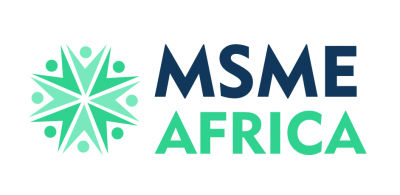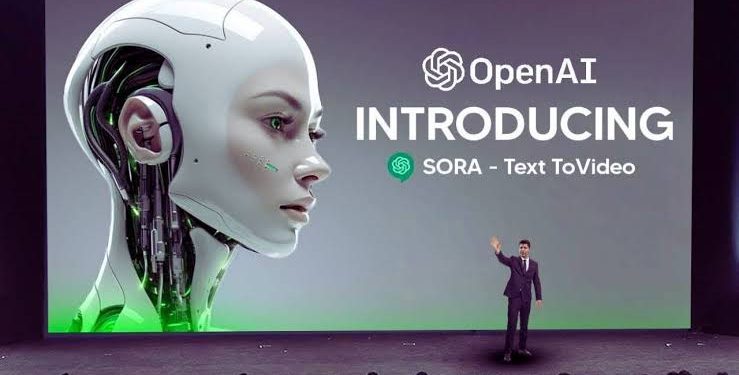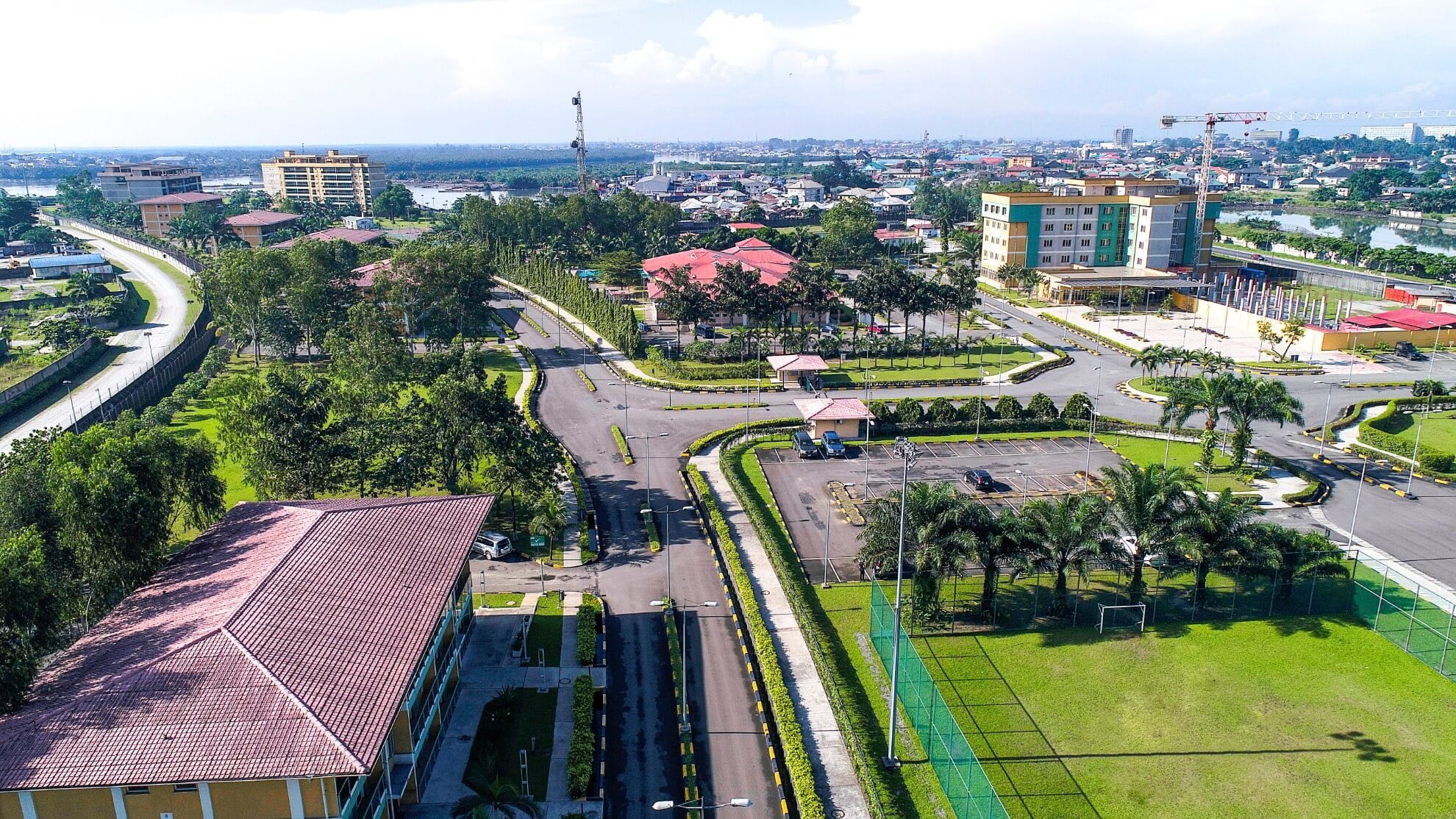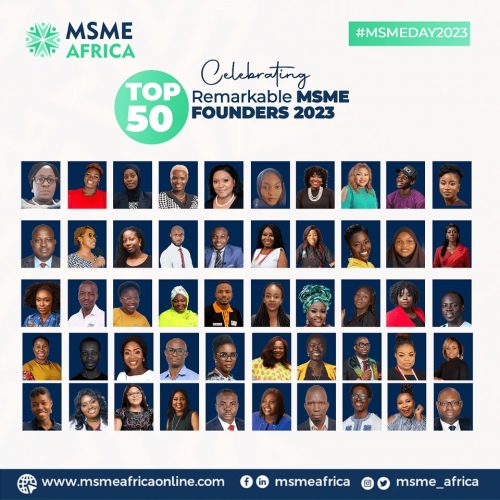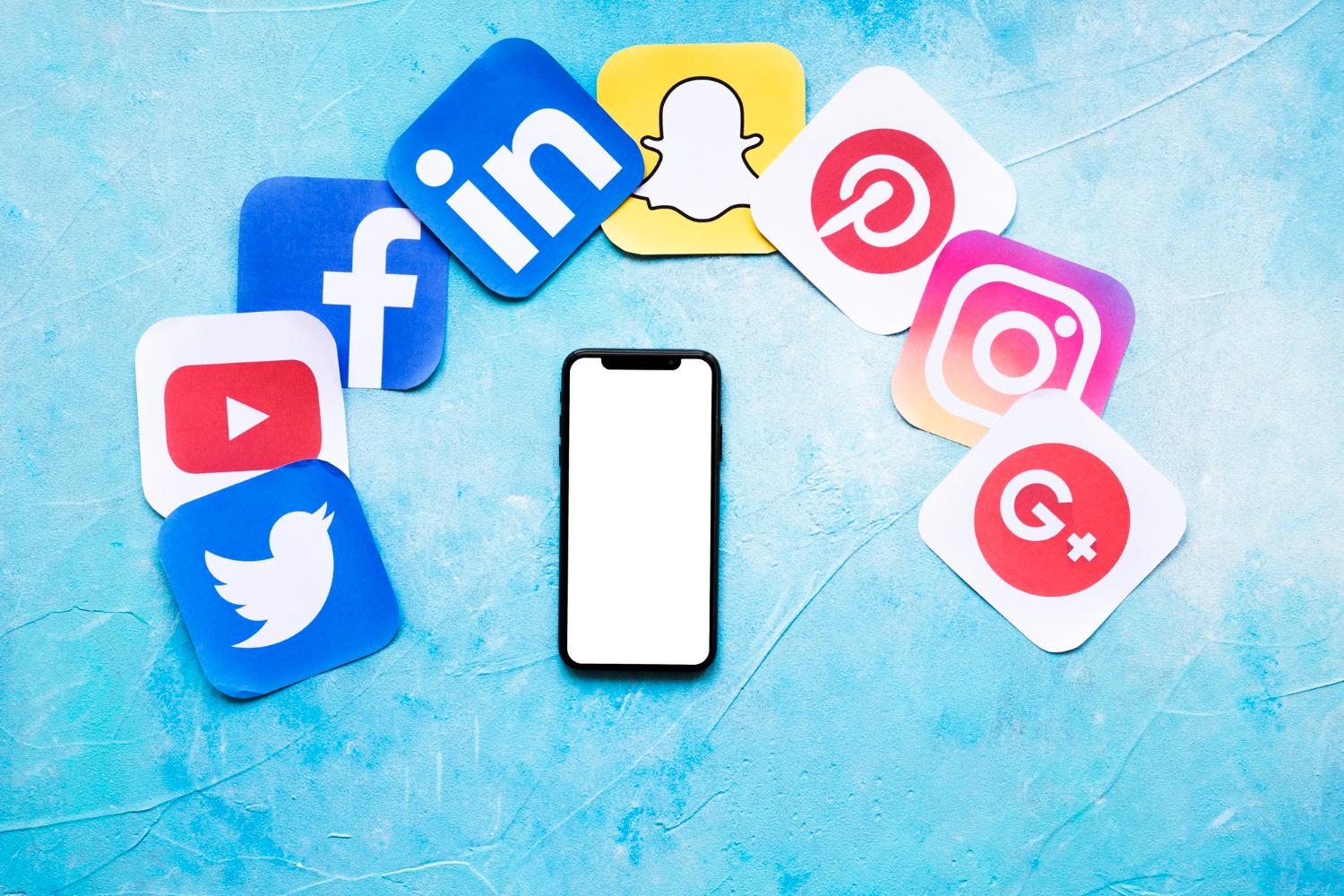OpenAI has unveiled its latest innovation, Sora, a text-to-video model available to ChatGPT Plus and Pro users. The model, accessible from Monday, is available in all regions where ChatGPT operates, with the exception of the European Union, Switzerland, and the United Kingdom. This new offering is part of OpenAI’s ongoing push to expand its multimodal AI capabilities and enhance the creative tools available to users.
Sora represents a significant leap in OpenAI’s AI technology, competing directly with major players like Meta, Google’s Alphabet, and Stability AI’s Stable Video Diffusion. With Sora, OpenAI enters the fast-growing text-to-video sector, enabling users to generate videos from text prompts with impressive clarity and customization.
Sora is designed to empower creative professionals, hobbyists, and content creators by allowing them to generate high-quality videos of up to 20 seconds in 1080p resolution. Users can choose from widescreen, vertical, or square aspect ratios, depending on their content needs. The tool provides users with the ability to create new videos from scratch or remix their existing assets, offering an easy and engaging way to produce visually compelling content.
OpenAI’s CEO, Sam Altman, described the release as a significant advancement for collaboration and creative expression. He emphasized the ease of co-creation with Sora, making it a unique addition to OpenAI’s suite of tools. With a ChatGPT Plus account, users are entitled to 50 video generations per month, while Pro users enjoy 500 fast video generations (with reduced resolution for high-speed processing) and unlimited slower generations.
Sora is part of OpenAI’s broader effort to ensure responsible and ethical AI deployment. To mitigate potential misuse, the company has implemented strict safeguards to prevent harmful content creation, including the production of deepfake videos and child sexual abuse materials. Initially, the upload of content featuring real people is restricted, though OpenAI plans to expand this feature once its deepfake mitigation strategies are further developed.
OpenAI is committed to transparency and verification, and Sora-generated videos include C2PA metadata to identify the video’s origin. Additionally, all videos will have visible watermarks by default, and the company has developed an internal search tool to verify content generated by Sora.
Sora Turbo is faster than its February 2023 preview, but OpenAI continues to refine the technology to make it affordable and accessible to all users. As the AI landscape evolves, OpenAI’s introduction of Sora is designed to give society ample time to explore its potential, while ensuring the development of responsible usage norms and safety measures.
Since the launch of ChatGPT in late 2022, OpenAI has continually advanced its generative AI tools. With Sora, the company solidifies its position as a leader in the AI industry, expanding its creative AI offerings and challenging its competitors in the rapidly growing text-to-video market.
